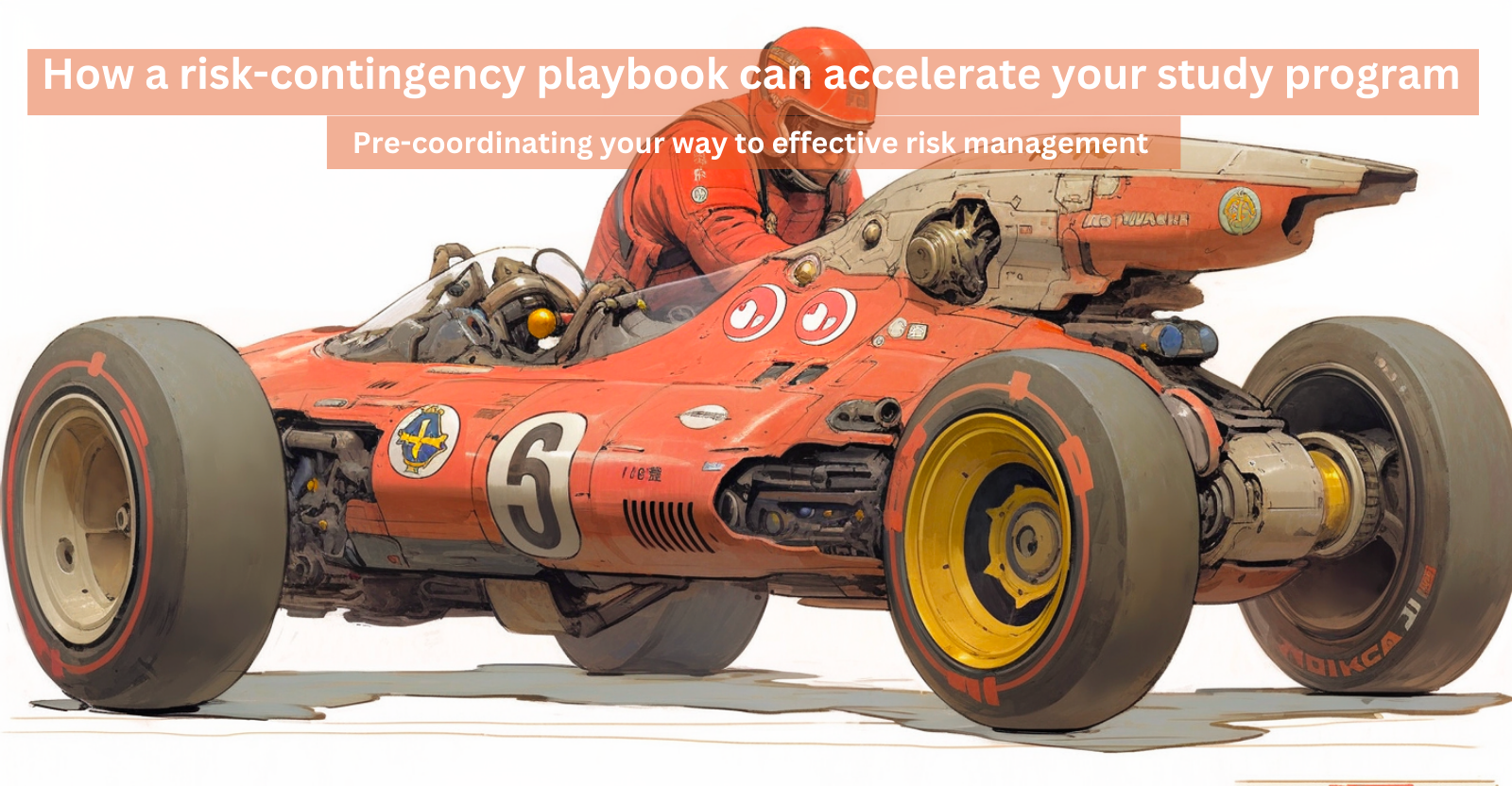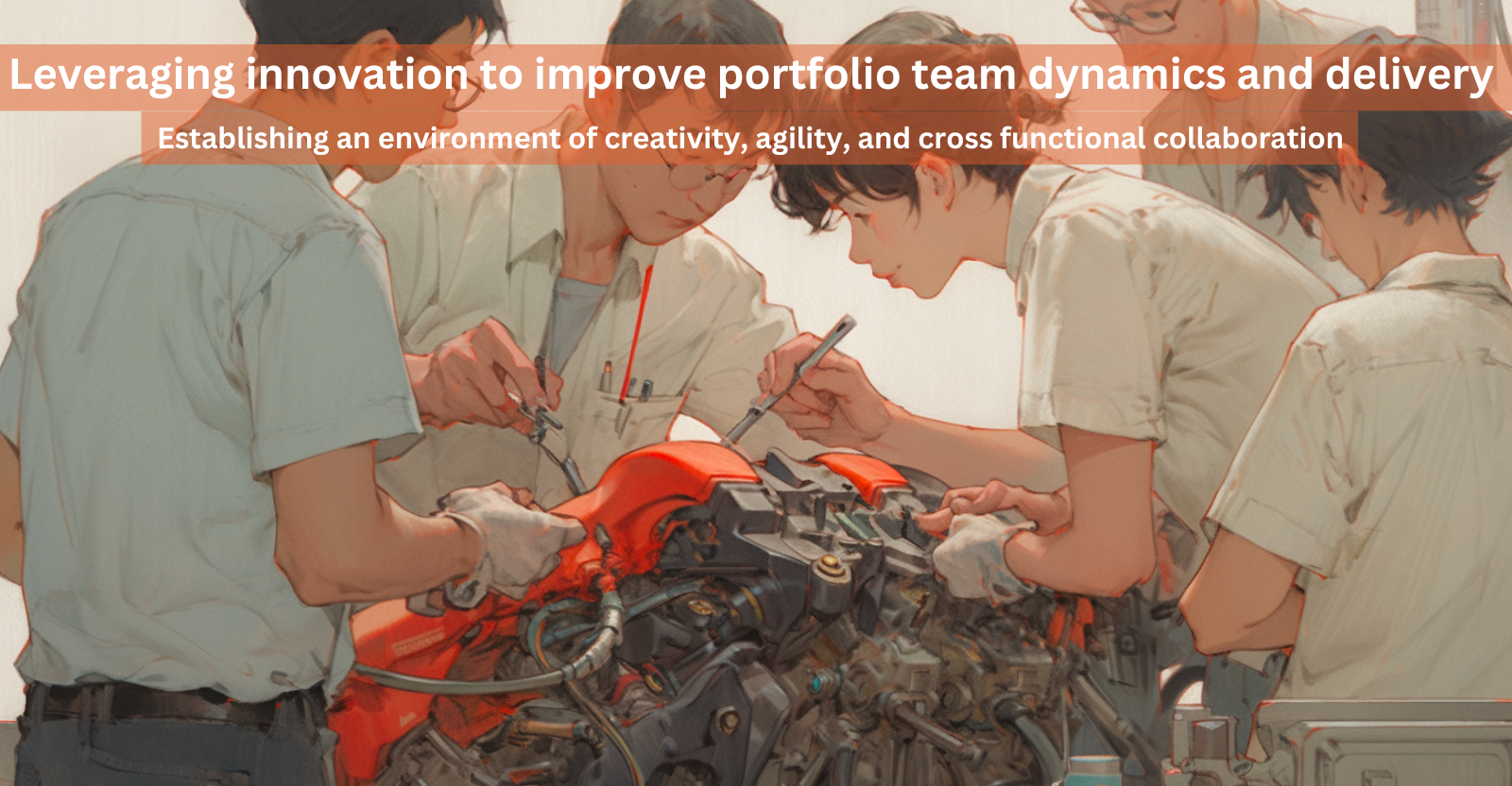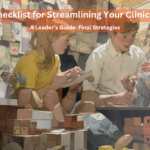We spend a lot of time attempting to mitigate against risks in pharma R&D, and most of the expertise, information, and guidance focuses on risk mitigation. However, here is the cold, hard reality of risks – they happen
The reality is that sometimes risks are ‘realized’ and can’t be mitigated. It is my experience that most pharmaCos invest in risk mitigation, but are ‘shocked, shocked I say’ when a risk materializes. Teams scramble, the blame game starts, and everyone is trying to avoid ‘getting in trouble for not mitigating the risk’. This is because most companies don’t have risk-contingency playbooks outlining “Who needs to do what and when” when a risk is realized. It’s better to be prepared than scared. So in this blog post we won’t be talking so much about risk mitigation but rather “What do you do when a risk materializes?”
A risk contingency playbook is a guide or toolkit designed to help a team address potential risks that might materialize during the course of a program. Its main aim is to ensure that if specific risks become realities, predefined actions are in place to respond quickly and effectively. This kind of playbook provides a structured way to manage uncertainty and the unforeseen challenges. Here is a brief overview of the components of a risk contingency playbook:
- Risk Inventory: A list or catalog of potential risks, usually categorized by type, source, or impact. Each risk is often accompanied by a brief description.
- Trigger Points: Clearly defined criteria or events that signal a particular risk has materialized or is about to. These act as early warning signs.
- Response Strategies: For each risk, the playbook outlines predetermined actions to mitigate or manage that risk. This might include both immediate tactical responses and longer-term strategic adjustments.
- Assigned Roles and Responsibilities: Defines who is responsible for what when a risk materializes. This ensures rapid, coordinated action without confusion over duties.
- Communication Protocols: Guidelines on how and when to communicate about the risk, both internally (to team members and other stakeholders) and externally (to clients, partners, or the public).
- Resource Allocation: Details on resources (funds, personnel, tools) set aside or available to address each risk. It’s vital to know in advance where resources will come from and how they will be deployed.
- Review and Update Procedures: Because the nature and landscape of risks can change, the playbook should include procedures for regular reviews and updates.
- Post-Event Analysis: After a risk has materialized and been addressed, there should be a structured process for analyzing what happened, evaluating the response’s effectiveness, and deriving lessons for future improvements.
- Training and Simulation: Guidelines or protocols for training personnel on how to use the playbook and possibly conducting simulations or “dry runs” for some of the most significant or likely risks.
The essence of a risk contingency playbook is to have specific ‘plays’ to be run when a risk is realized. By laying out clear, predetermined actions and responses for potential risks, organizations can respond more rapidly and effectively when challenges arise, ultimately safeguarding their operations and objectives.
 How a risk contingency playbook reduces the impact of a realized risk
How a risk contingency playbook reduces the impact of a realized risk
A good example of this is if the clinical trial sponsor and the clinical research site have developed a contingency plan for not being able to obtain a signature from the PI on the informed consent form. The plan states that the following steps will be taken:
- The clinical research site will contact the PI to try to resolve the issue.
- If the PI is unable to sign the informed consent form, the clinical research site will contact the IRB to request a waiver.
- If the IRB does not grant the waiver, the clinical research site will contact the clinical trial sponsor to discuss other options.
The contingency plan also states that if the PI is unable to sign the informed consent form, the clinical research site will not enroll any new participants in the trial. The reason for this is because the informed consent form is a legally binding document that necessitates the PI’s signature before enrolling any participants.
Here is what that same process would look like in playbook form
| Trigger | Intermediate visit uncovers not all forms are signed | |||||||||||||||||||||||||
| Response Strategies |
| |||||||||||||||||||||||||
| Inform-list |
| |||||||||||||||||||||||||
| Resource plan |
Given the nature of drug development – where delays, errors, or oversights can have severe financial costs, regulatory repercussions, and timeline impacts – the importance of knowing how to respond to a materialized risk can’t be overstated. Applying a risk contingency playbook in pharma clinical operations can lead to several significant impacts:
Time and Cost Savings: The timely identification and management of risks can prevent delays in clinical trials. Delays can be incredibly costly in terms of both operational costs and potential revenue from drug sales.
Enhanced Communication: Clearly laid out communication protocols ensure that all relevant parties are informed promptly when risks materialize. This can lead to improved collaboration and quicker decision-making.
Knowledge Accumulation and Continuous Improvement: Post-event analysis procedures in the playbook provide an opportunity to learn from each risk event. Over time, this continuous learning can lead to better risk management practices and a more refined playbook.
Risk contingency playbooks are essential tools to not only manage risk but also plan specific actions and ‘plays’.Plays are a defined and pre-coordinate set of ‘motions’ that are triggered by specific risk events.
You can assemble your risk contingency playbook by cataloging your risk inventory, trigger points, response strategies, assigned roles and responsibilities, communication protocols, resource allocation, review and update procedures, post-event analysis, and training and simulation.
By laying out clear, predetermined actions and responses for potential risks, organizations can respond more rapidly and effectively when challenges arise, ultimately safeguarding their operations and positively impact time and cost savings, enhanced communication, and knowledge accumulation and continuous improvement.









